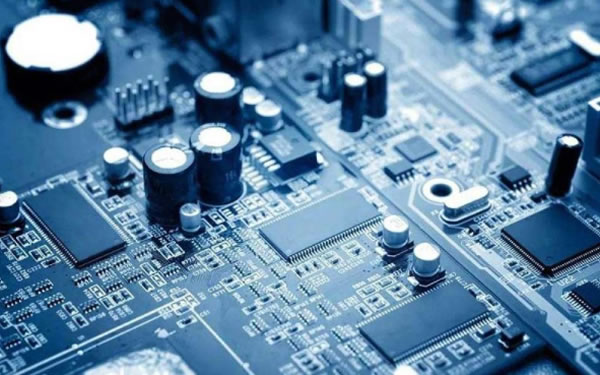With the continuous popularization of 5G networks and equipment, there will be huge room for improvement in semiconductor products and technologies, and a large number of emerging applications will be spawned, which will bring development opportunities to the semiconductor industry. important development opportunities.

At present, my country's chip design maintains a high-speed growth trend driven by factors such as improving self-sufficiency, policy support, specification upgrades, and innovative applications. In 2020, the sales of my country's chip design industry exceeded 50 billion US dollars for the first time.
As a key technical element supporting the development of 5G, chips will promote great changes in the demand and technology of the semiconductor industry. 5G promotes the development of chips to higher integration, smaller size and higher performance, and new packaging technologies require continuous improvement of design and manufacturing capabilities.
The next five years will be an intensive period of millimeter wave network construction, which can realize uRLLC and mMTC applications. The material process integration technology of 5G RF chips and devices will undergo major changes.
In the 5G stage, most 5G products have the characteristics of high power, high voltage and high temperature. The traditional silicon raw materials cannot overcome the loss in high voltage and high frequency, while the third-generation semiconductor materials SiC and GaN can reduce the energy in the power conversion process. loss, easier to achieve miniaturization, and more resistant to high temperature and high pressure.
At the same time, due to the high frequency loss, high noise and low output power density of Si materials, the radio frequency PA on the mobile phone side starts the GaAs process. On the base station side, GaN materials will be gradually applied to base station power amplifier devices relying on the advantages of high frequency and high output power.

At present, the global semiconductor equipment industry has a high market concentration, and the top three AMAT, ASML, and Lam have a combined market share of about 50%. 5G drives the explosion of demand for advanced process technology equipment, which will generate massive data through terminal applications, driving the market demand for mature process technology equipment and memory chip technology equipment.
In the application of 5G in sensors, 5G empowers image sensors, enhances machine vision, and can be applied to telemedicine, remote industrial video, etc.
5G enables switch sensors, which can reduce factory cables to save costs and production lines to meet the needs of customization and flexibility, and use flexible electronic technology and equipment technology to manufacture flexible sensors. 5G will expand the application scope of the sensor industry, and will improve the technology and standards of sensor products, manufacturing and other aspects.

Optical devices are important application products of optoelectronic technology in the field of communications. Optical devices are classified into different categories in telecommunication networks and data center networks, such as optical amplifiers, optical fiber connectors, optical modules, and photoelectric detectors, all of which belong to optical devices. .
The optical module is composed of optoelectronic devices, functional circuits and optical interfaces. The optoelectronic devices include two parts: transmitting and receiving. The 5G access network architecture has become a CU-DU-AAU three-layer architecture, and the demand for optical modules will further increase. According to relevant forecasts, the total demand for optoelectronic devices in the 5G era is about 53 million, which is 2.67 times that of the 4G era.
In the 5G era, with the development of application markets such as the Internet of Things, AR, AI, and smart cities and autonomous driving, the number of mobile devices connected to the network has increased significantly, and network interactions have become more frequent, which will drive the increase in data storage, and the amount of data upload and download will be Several times in the past 4G era, new storage technologies such as RRAM (resistive memory), MRAM (magnetic random access memory), and PRAM/PCM (phase change memory) may have breakthrough development.
The domestic storage industry still needs to face challenges such as product yield, machine construction, and IP-related restrictions. Building a domestic storage ecosystem will help promote the implementation of storage products with faster transmission efficiency, higher stability, and better storage quality.
Article data source: Global Semiconductor Alliance





